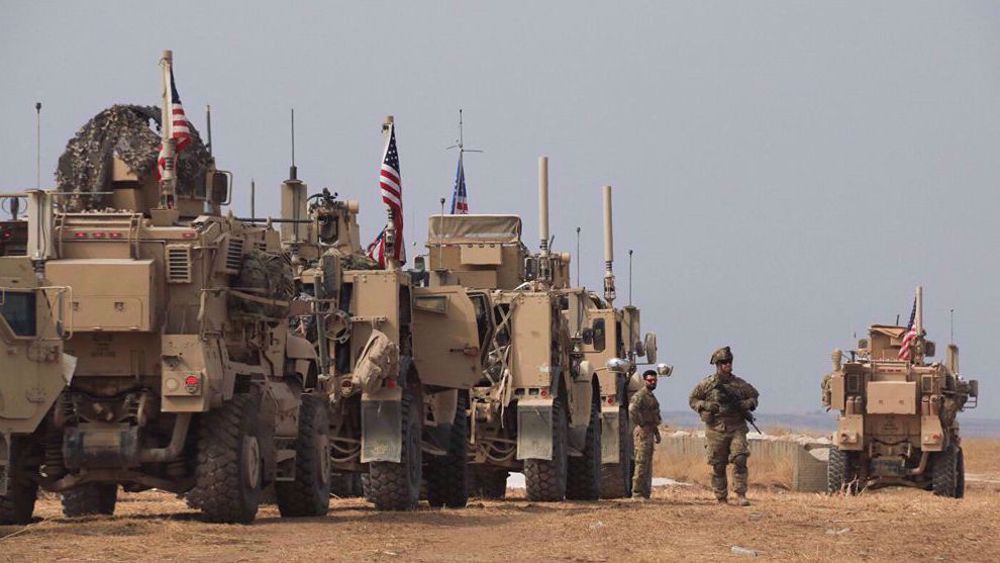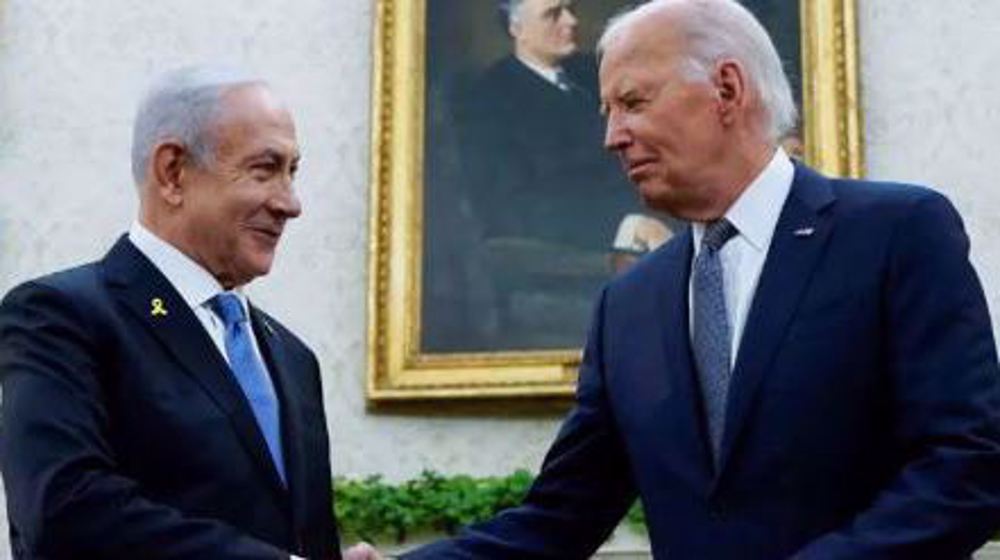New investigation reveals 48% hike in US warplane crashes
The entire US military has witnessed a 48-percent hike in aviation crashes in 2014 and 2015 compared with the two previous years, a new investigation based on press reports reveals.
Pointing to recent crashes of two F/A-18 Hornet jetfighters during training exercises that left one Marine pilot dead, a Fox News TV report stated on Saturday that such accidents are becoming more frequent amid growing concerns that “insufficient training and an aging fleet hobble by a shortage of spare parts” are contributing factors.
"They are going up partly because they are not getting the training they should get. They're going up because maintenance is harder and harder to accomplish. They are going up because the airplanes are getting older and older," said Republican Congressman from Texas Mac Thornberry, who chairs the House Armed Services Committee, in an interview with Fox News.
Thornberry blames President Barack Obama for the emerging crisis saying that he has effectively sent more US troops into harm's way without paying for the increase in costs.
"When the president sends more people to Afghanistan more people to Iraq, he doesn't ask for more money. The costs just come out of the training, the maintenance and the readiness of our force. The problem is getting worse," he added.

So far in 2016, the report said, there have been nine military aircraft crashes, four of which involved Navy F/A-18 warplanes. There were 33 total crashes across all branches in 2014 and 2015 - up from just 23 in 2012 and 2013.
However, the admiral in charge of Navy aviation denies a link between the crashes and the age and readiness of their planes.
"I wouldn't characterize it as a crisis. I get the question a lot of, do you tie it to readiness or a lack of proficiency ... and in review of those mishaps, I can't make that connection," said Vice Admiral Mike Shoemaker last month.
According to official figures released by the US Navy, only 21 percent of its early model Navy F-18 Hornets can fly along with only half of its newer Super Hornets. Over 100 Super Hornets are not flying due to shortages in critical spare parts.
The report further reveals that US Navy's fleet of MH-60 Seahawk helicopters is not doing much better, with only 57 percent of its 412 M-60s able to fly.
The Navy, like the Marines, is having a difficult time finding available jets for its pilots to fly and train in -- amid more than $100 billion in defense budget cuts since 2009, a steady tempo of combat missions, and a delay in the delivery of the F-18's replacement, the F-35 Joint Strike Fighter.
Currently, the report added, of the Marines’ 273 F-18 aircraft, only 91 are able to fly with 88 of them waiting for spare parts.
VIDEO | Struggles of Palestinian women amidst war, displacement
VIDEO | Hezbollah rains attack drones down on elite Israeli brigade
VIDEO | US biased mediation fails
Leader: All captains of criminal, Zionist, terrorist gang must be prosecuted
Iran further raises its oil prices for Chinese buyers: Report
Iran to launch major pressure-boosting projects in South Pars
VIDEO | Escalation amid ceasefire talks
EU's Borrell says ICC arrest warrants for Israeli leaders binding













 This makes it easy to access the Press TV website
This makes it easy to access the Press TV website